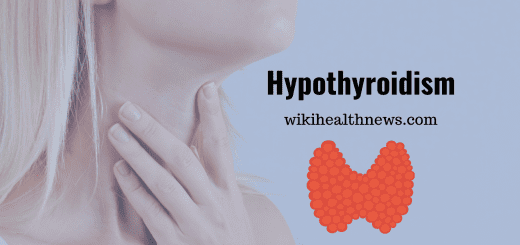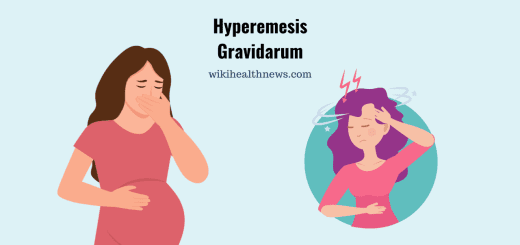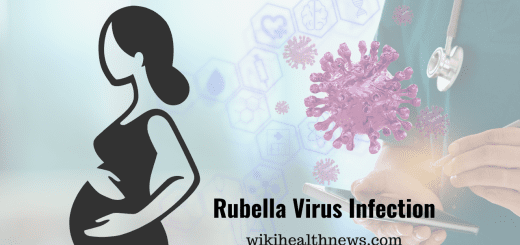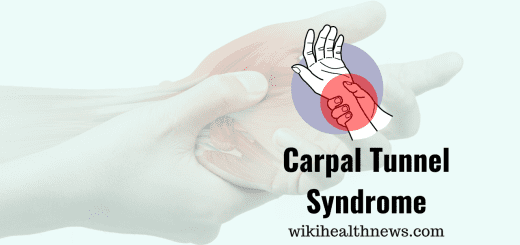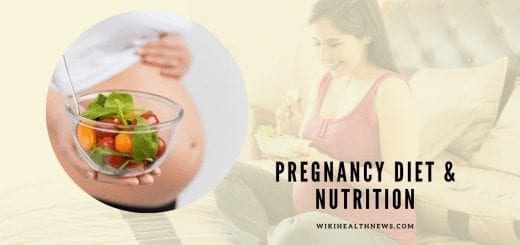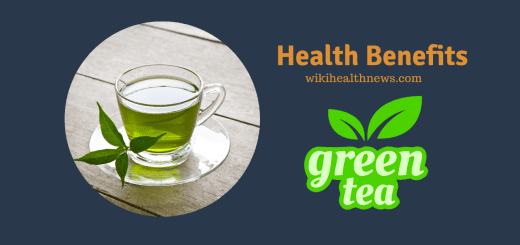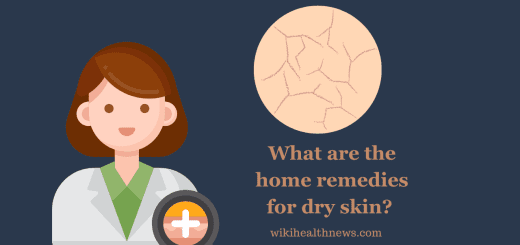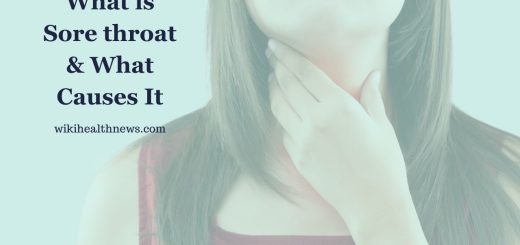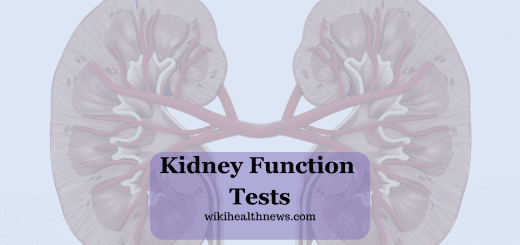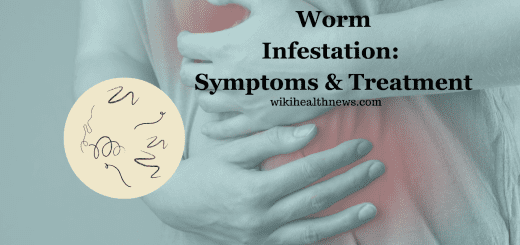Food to increase hemoglobin in the blood
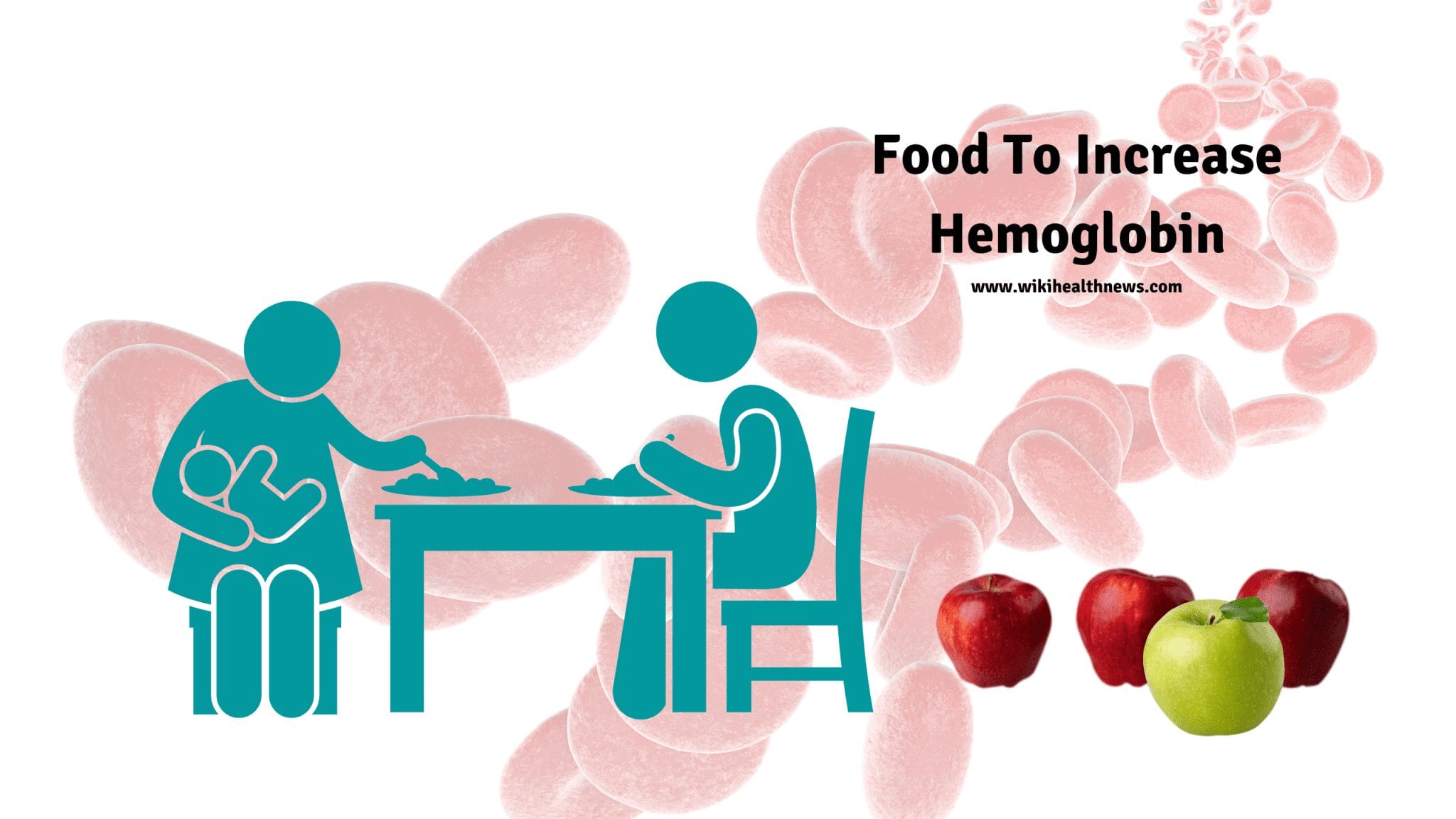
Food to increase hemoglobin in blood
Human health depends on various nutrients and elements obtained from diet. Deficiency of any of such dietary factors results in noticeable effects on human health and cause diseases. One such element is iron which takes part in formation of hemoglobin in blood. It takes part in a wide variety of metabolic processes like liberation of energy and respiration. In other words, hemoglobin helps in oxygen transport, deoxyribonucleic acid (DNA) synthesis, and electron transport.
Why hemoglobin deficiency happens?
Deficiency of hemoglobin can happen due to various factors like
- Deficient intake of iron
- Defect in absorption
- Metabolism defects – Iron can form free radicals, its concentration in body tissues must be tightly regulated because in excessive amounts, it can lead to tissue damage.
- Defective interaction with physiological processes
What can happen in deficiency of hemoglobin?
Deficiency of hemoglobin leading to disorders of iron metabolism are among the most common diseases of humans. These deficiencies can present in many ways with manifestations as anaemia to brain diseases. Childhood anaemia is the most common nutritional disorder in India. Iron deficiency anaemia in children is a serious issue and public-health priority as it can lead to impaired brain development and psychomotor defects.
What are the causes of anaemia in children?
Iron deficiency anaemia is common in children, old people and post-menopausal ladies. Maternal hemoglobin level, family wealth, and food insecurity are contributing factors. In iron deficiency children can have fatigue, decreased cognitive function, headache, glossitis, and nail changes in addition to anaemia.
Other causes of anaemia in children are deficiency of vitamins like folate and vitamin B12. Deficiency of folic acid in pregnant women lead to brain and spinal cord defects in babies. Children can have large red tongue with anaemia in folate deficiency.
Anaemia can be due to many diseases destroying red blood cells like sickle cell anaemia thalassemia.
Infections like malaria parasite, hook worm can also lead to anaemia.
Zinc deficiency in children also leads to anaemia along with pigmented patches on the body, in severe deficiency growth of children is affected.
What are the ways to supplement iron?
Iron can be obtained in enough quantities from food and balanced diet. It has been seen that childhood hemoglobin levels are primarily linked to their level of nutritional consumption, maternal hemoglobin levels and household wealth. Children with good hemoglobin content are less likely to get inflammatory diseases and infections.
Most of the iron content comes from food which is decided by demographic, economic, and social factors. Nutritional profile and lifestyle of the population contributes to nutritional deficiencies in some areas.
Some of the fortified food are useful in supplementing iron. Supplemental iron given in less amounts can increase the risk of bacterial and protozoal infections. Safety and efficacy of lower doses of iron provided through biological or industrial fortification of foodstuffs are encouraging.
In deficiency situations iron can be given as medications in proper dosages. Oral iron tablet is either ferrous or ferric iron, ferrous form is better absorbed than ferric iron. If oral iron supplementation is unsuccessful then severe iron deficiency can be treated with injections of iron.
How hemoglobin deficiency is screened?
Iron deficiency in a population are measured by hemoglobin or haematocrit concentration in blood. Checking hemoglobin is relatively simple and cheap. It can be carried out in a low-profile outpatient set up.
As iron deficiency is the most common cause of anaemia, the presence of anaemia also indicates iron deficiency. Tests for iron-level in blood are required for the confirmation of iron deficiency. However, any low hemoglobin with nutritional deficiency is taken to be iron deficiency anaemia.
Natural food that increase hemoglobin
Iron rich foods
Iron deficiency is the most common reason behind low hemoglobin levels. Iron-rich foods include green leafy vegetables like spinach, beetroot, tofu, asparagus. It also includes animal protein foods liver, whole egg, oysters. Fruits like apple, pomegranate, apricot, watermelon, prunes, pumpkin seeds, dates, almonds are rich in iron content.
Dietary iron from food comes in 2 forms: heme and nonheme iron. Heme iron is found in meat protein and animal foods such as meat, organ meats, fish, seafood, and poultry. Heme iron is better absorbed from food whereas, nonheme iron is present in plant-based foods. Iron-enriched and iron-fortified foods also contain nonheme iron. Nonheme iron absorption depends on multiple dietary and individual factors.
Increase iron absorption
It is vital to have a mixture of both iron and vitamin C because the latter may be a carrier rich molecule which will be used for better absorption of iron. Eat foods rich in vitamin C like oranges, lemon, strawberries, papaya, bell peppers, broccoli, grapefruit and tomatoes. It is true that if your body contain a lot of iron in store you will absorb less iron from diet. Factors that will influence your hemoglobin and dietary nonheme iron absorption include animal muscle tissue and foods containing vitamin C.
Increase vitamin BC intake
Folic acid, a B-complex vitamin, is required to form red blood cells and a vitamin BC deficiency automatically results in a coffee level of hemoglobin. Some good food sources of vitamin BC are green leafy vegetables, sprouts, dried beans, nutriment, peanuts, bananas, broccoli and liver.
An apple (or pomegranate) each day keeps the doctor away
An apple each day can help you maintain a good level of hemoglobin. Apples are rich in iron plus other health-friendly components that are required for a healthy hemoglobin count. In addition apples enhance iron absorption from gut, you can either eat 1 apple each day, or drink juice made with ½ cup each of apple and beetroot juice twice each day. Add a touch of ginger or juice for extra flavour. “Pomegranate is additionally rich in iron, calcium, fibre and protein.
Drink tea and apple juice
Nettle may be an herb that is an honest source of B vitamins, iron, vitamin C and may play a key role in raising your hemoglobin level. All you would like to try add 2 teaspoons of dried nettle leaves to a cup of hot water and allow it too steep for 10 minutes. Then strain, and add a touch honey. Drink this twice daily. Children absorb iron well if diet includes orange or apple juice, a preference for apple juice avoids iron-deficiency anaemia.
Avoid iron blockers
Avoid eating foods which will block your body’s ability to absorb iron, especially if you have got a coffee with iron rich foods it brings down hemoglobin count i.e. coffee, tea, cola drinks, wine, beer, etc. Food factors that inhibit dietary nonheme absorption include phytates, tannins, calcium, polyphenols, and soybean proteins or possibly other soy components
Healthy lifestyle
Moderate to high intensity workouts are highly recommended, because once you exercise – your body produces more haemoglobin to satisfy the increasing demand for oxygen throughout the body.
Dietary factors including ascorbic acid and meat protein foods enhance iron absorption and hemoglobin. Avoid taking iron rich foods with phytic acid; soy protein; calcium and polyphenols which inhibit iron absorption. Dietary interventions using a wide range of foods to improve iron status is more effective than diet that focus on single nutrients or foods.
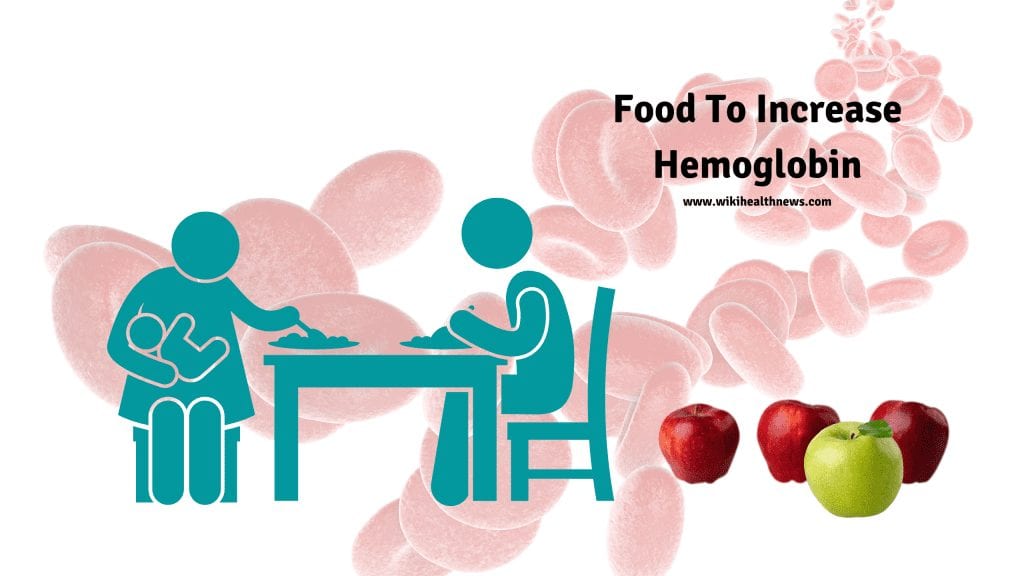
Read More
